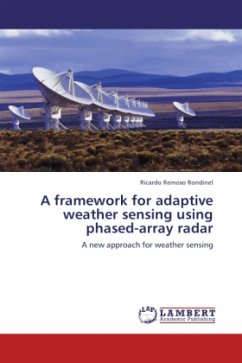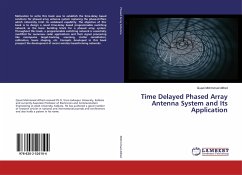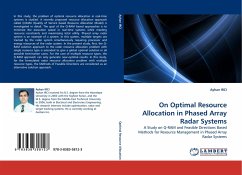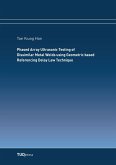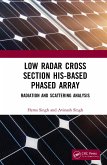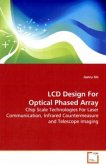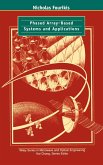Over the past 20 years, the WSR-88D radars have improved the understanding of weather phenomena. However, for fast-evolving weather phenomena, rapid scan are desired. This book showed a new approach for weather sensing referred as adaptive weather sensing. Therefore, the main purposes of this work were to increase the temporal data resolution of storm cells maintaining the data quality as for conventional WSR-88D sensing. A complete framework was presented for adaptive weather sensing using a phased-array radar due to its capability of agile beam. Two quality measures were developed to quantify the benefits from adaptive over conventional weather sensing. Moreover, reflectivity data taken from archived NCDC data was used to assess the performance of the framework. The statistic analysis revealed that storm cells can be revisit about three times faster using adaptive than conventional sensing. This work demonstrated results of the first attempt to use phased-array radar for adaptive weather sensing.
Bitte wählen Sie Ihr Anliegen aus.
Rechnungen
Retourenschein anfordern
Bestellstatus
Storno

